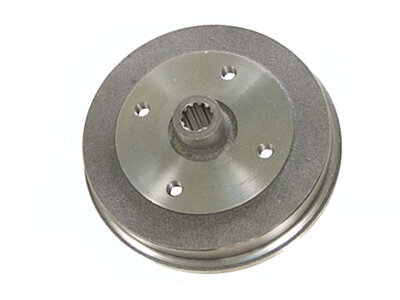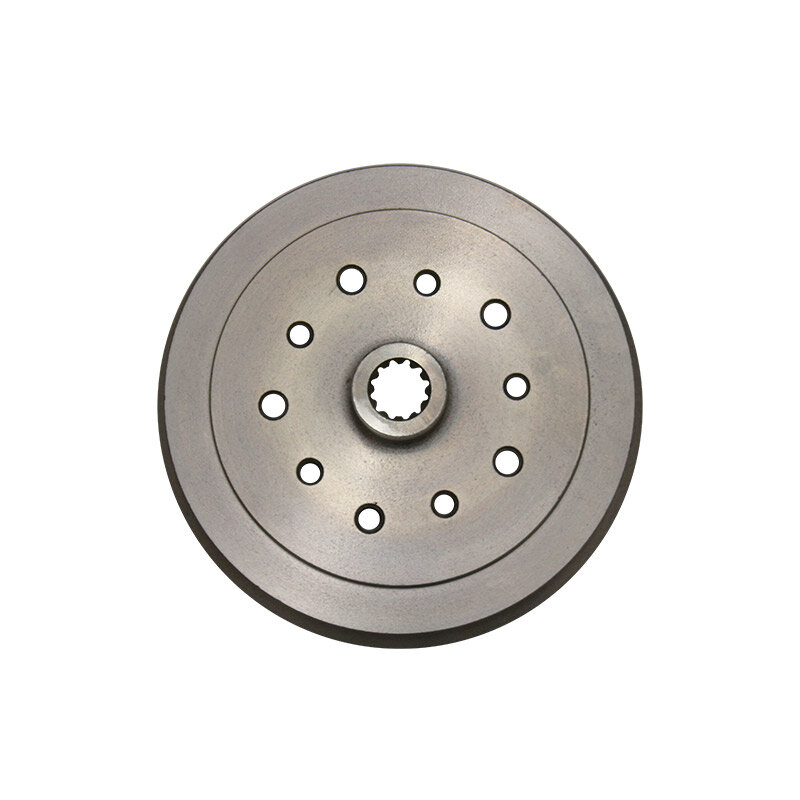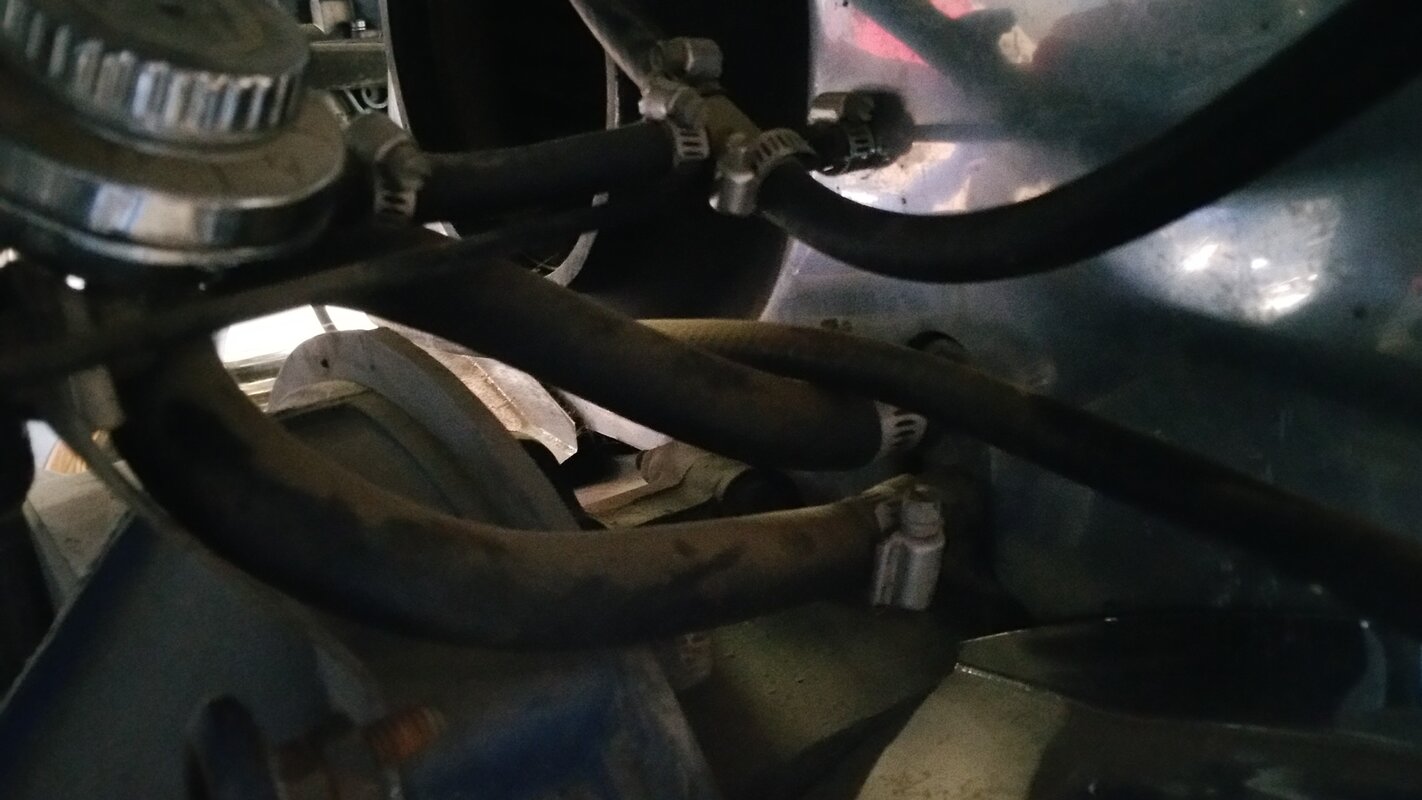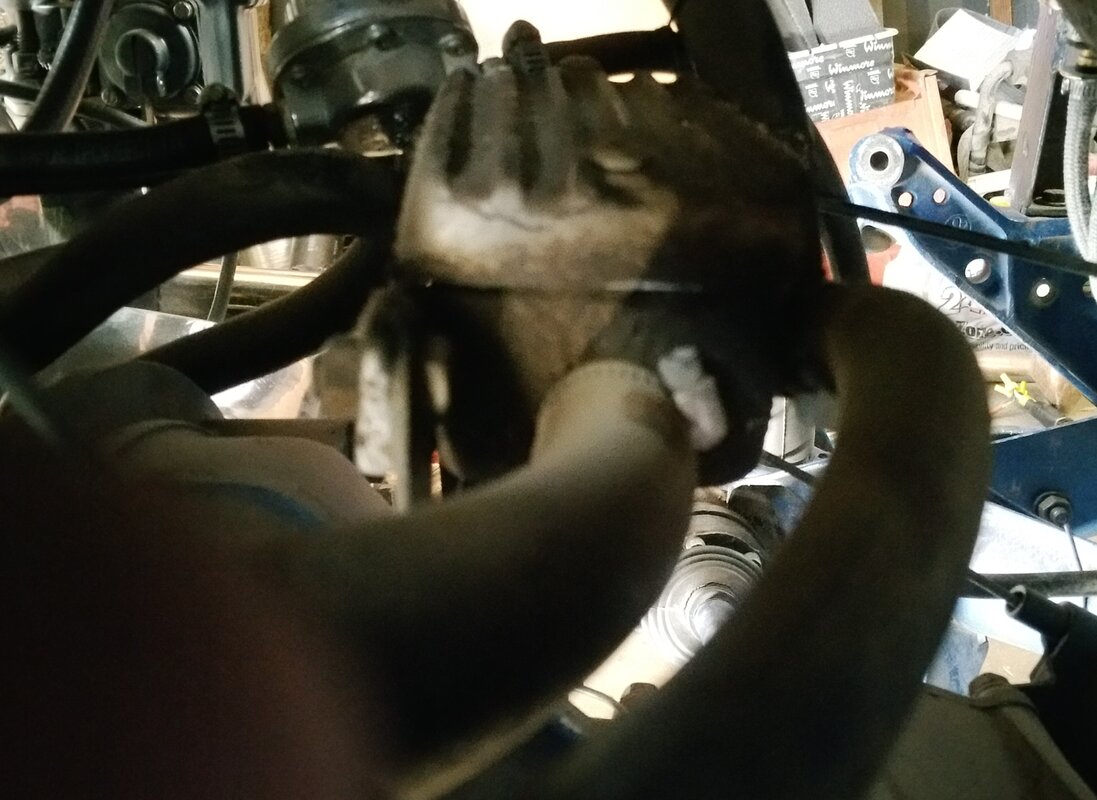- Thread starter
- #41
So here is the drum with an adapter for the wide spoke rims, which are also a 5 lug pattern, just smaller.
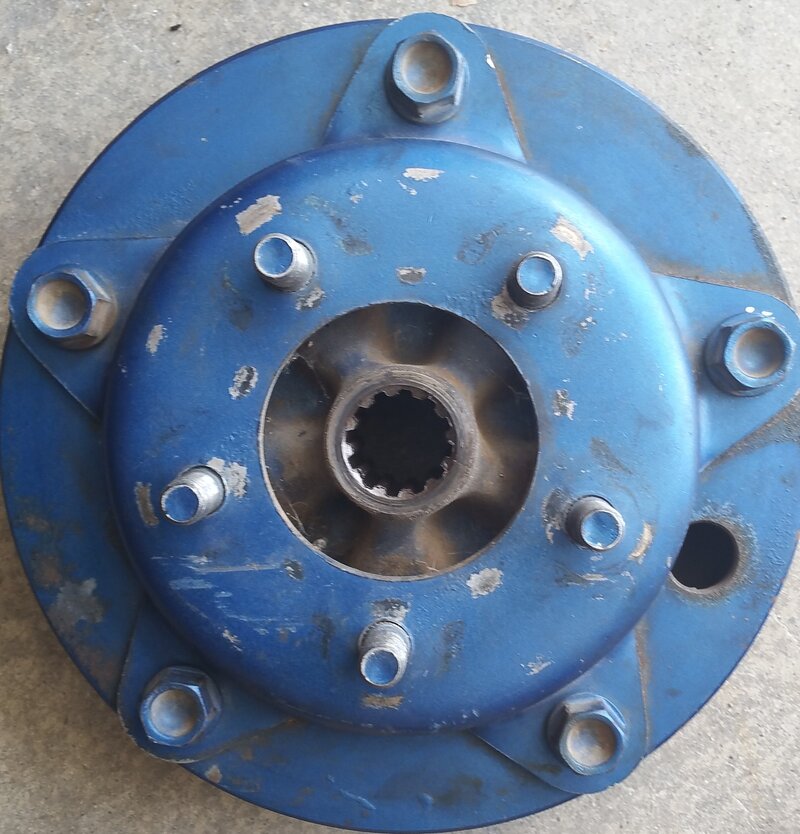
And you mentioned a area for the mechanical fuel pump, not sure, but on the rear right side of the oil pump is this.
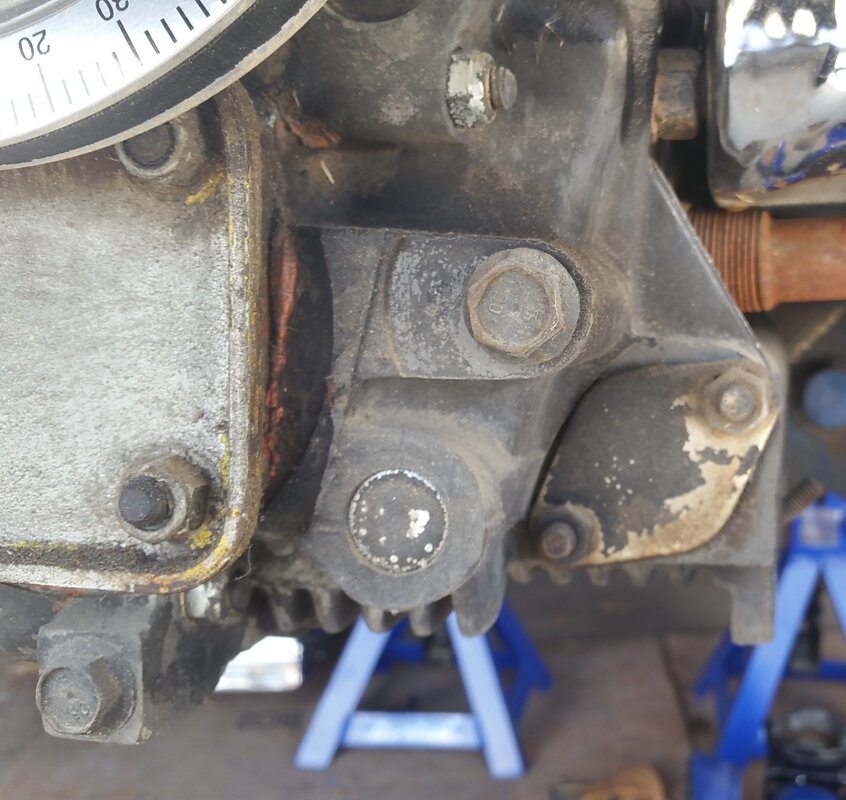 would the fuel pump mount on this lower right corner where that oval cover plate is ?
would the fuel pump mount on this lower right corner where that oval cover plate is ?

And you mentioned a area for the mechanical fuel pump, not sure, but on the rear right side of the oil pump is this.
 would the fuel pump mount on this lower right corner where that oval cover plate is ?
would the fuel pump mount on this lower right corner where that oval cover plate is ?
